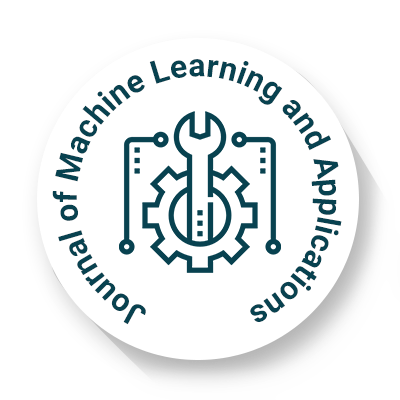
Journal of Machine Learning and Applications
OPEN ACCESS

OPEN ACCESS
Federated Learning enables AI models without anyone accessing or handling your data, providing a method to access information for new AI applications. The spam filters, chatbots, and recommendation systems that have integrated artificial intelligence into everyday life were developed using huge datasets of training examples harvested from the internet or provided by users in return for free email, music, and various benefits. In the centralized federated learning framework, a central server is utilized to manage the various stages of the algorithms and synchronize all the participating nodes throughout the learning process. The server is tasked with selecting the nodes at the start of the training process and aggregating the model updates it receives. As all the chosen nodes must transmit updates to one entity, the server could become a system bottleneck. In the decentralized federated learning environment, the nodes can organize themselves to achieve a global model. This configuration eliminates single-point failures since model updates are shared solely among interconnected nodes without relying on the central server’s orchestration. Nonetheless, the particular network structure can influence the effectiveness of the learning process. Refer to blockchain-powered federated learning and the citations included. A lot of these AI applications were trained using data collected and processed in a single location. However, today’s AI is moving towards a decentralized model. New AI models are being developed collaboratively at the edge, utilizing data that remains on your mobile phone, laptop, or private server. This innovative method of AI training is known as federated learning, and it’s increasingly becoming the norm for complying with a variety of new regulations regarding the management and storage of private data. By handling data at its origin, federated learning provides a method to access the raw data flowing from sensors.